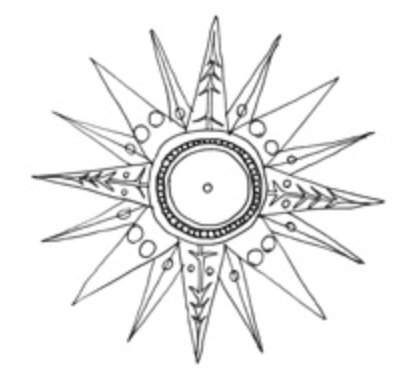ACOUSTICAL INFORMATION
▶︎SUMMARY
The position of the stopping finger decides the pitch of the tone and the relationship between string width and length (string width increases relatively as the left hand stops shorter lengths of string). This has important implications in overtone content of the sound because the frequency of the highest possible overtone (set by string width and other factors) remains constant for changes in string length. Therefore, overtone content decreases as stopped string length decreases.
▶︎DETAIL
The overtone exclusion/inclusion for particular left hand positions can be viewed as ‘potential’ overtone content under particular conditions. I define potential overtone content as the maximum number of overtones that may take part in the spectrum for a fixed left hand position.
For a particular stopping position, the highest overtone that can be present in the sound is set by finger pressure and density, and overtones are encouraged/excluded by changing point of contact. If the left hand shifts upwards, finger pressure and density remain constant, therefore so does the frequency of the highest overtone. In other words, although the fundamental pitch has risen, the pitch of the highest possible overtone has remained constant. This overtone is a lower order relative to the new fundamental; therefore the potential overtone content has been reduced. The fact that potential overtone content reduces as the left hand shifts upwards implies that the scope for varying overtone content by changing point of contact is reduced, i.e., a less extreme ‘sul ponticello’ effect is possible in higher than lower positions. To an extent, a more extreme ‘sul tasto’ timbre is possible under these conditions since overtone content is reduced for every contact point. However, the former effect is more extreme, therefore the overall scope for varying timbre is reduced. When choosing between alternative positions for a particular pitch (for example C4 in first position on the A string vs. fourth position on the D string vs. thumb position on the G string vs. upper third of the C string), the cellist is selecting timbre under these terms.
In addition, string stiffness increases from A to C string. Increased stiffness rounds the shape of the curve of the vibrating string. This has the effect of restricting higher partials. Therefore, a less extreme sul ponticello effect is possible on the D string than the A, an even lesser effect on the G and still less on the C string.


